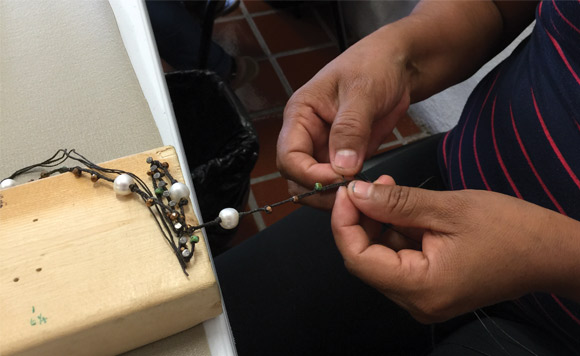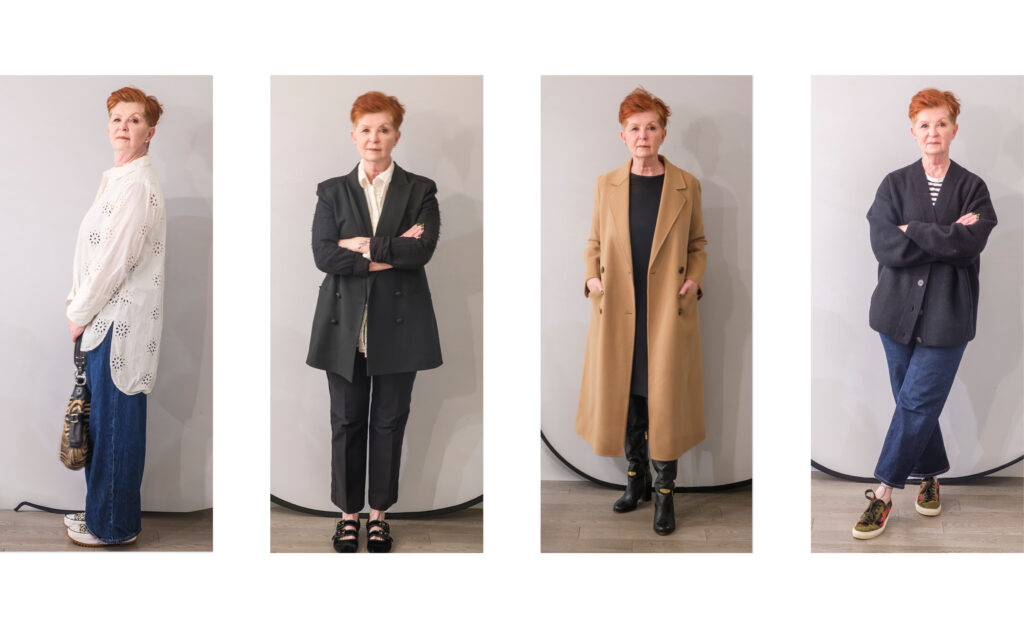by Rachael Coates-Holland –
When you think about going green, you don’t often consider your closet, but I do. I think about what I have, and what I wear most often. Most of the time, I love the story behind my things.
As a fashion buyer, it’s important to know and love the story behind the items we sell, so I can pass it on to my customers. More often than not, it’s that story that closes the sale.
There are now many great businesses out there that are invested in ethical and fair trading – not just clothing companies, but also those who sell jewelry. No longer just about the environment, “green” has become a philosophy on how to do business in a moral and thoughtful way.
Recently, I met a couple from Louisiana; they are the owners of my new favourite jewelry line. Six months ago they moved their business down to Mexico. They employ a group of about 15 women who make every piece of their amazing jewelry by hand. The women come from poverty, but are talented in their trade, which has been passed down to them from past generations. They are paid five times more than the minimum wage, and work in air-conditioned surroundings.
More and more, we are hearing in the industry that quality control and employee conditions are being monitored, because the company that owns the clothing or jewelry lines also own the overseas factories where their products are being made. They are present and oversee all areas of production.
We are also seeing many more natural fabrics, sourced from all around the world. Rayon, for example, is very popular these days, and is made from purified cellulose that comes primarily from wood pulp. Then there is linen, which of course comes from flax, a crop that requires very few pest-controlling chemicals, and is a dream to wear in the high heat of summer.
Another favourite of mine, and something I have talked about before, is cashmere; anyone who has ever caressed a cashmere sweater or scarf knows the fabric is luxurious! This fibre comes from combing out the under hairs of Kashmir goats, a breed native to the Himalayas but now raised worldwide. If you’re hoping to find a truly “green” piece of cashmere, be prepared to invest, but know that it will last you forever. Cheaper cashmere has likely been blended with other fibres and treated with chemicals to keep costs down.
The fashion industry hasn’t always had the best reputation for ethical or fairly traded goods, but the reality of Global Warming and the rise and fall of the great dollar has made the industry as a whole think twice. I love my job, I love fashion and most of all I love the people I meet who are truly making a difference in the way things are produced and imported. I feel like if we all make a conscious effort with the way we buy, it puts us one step closer to changing a global problem.




